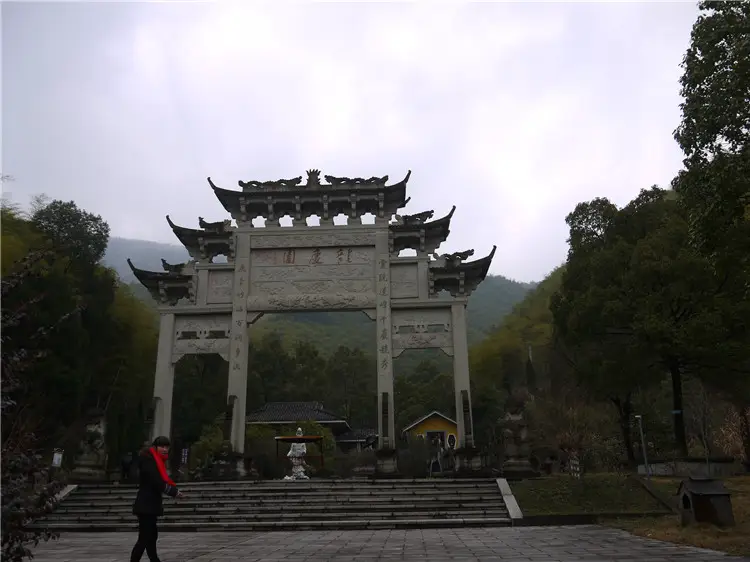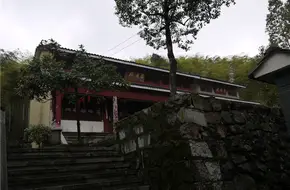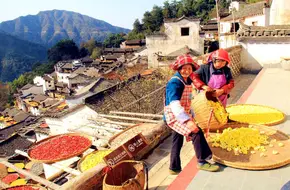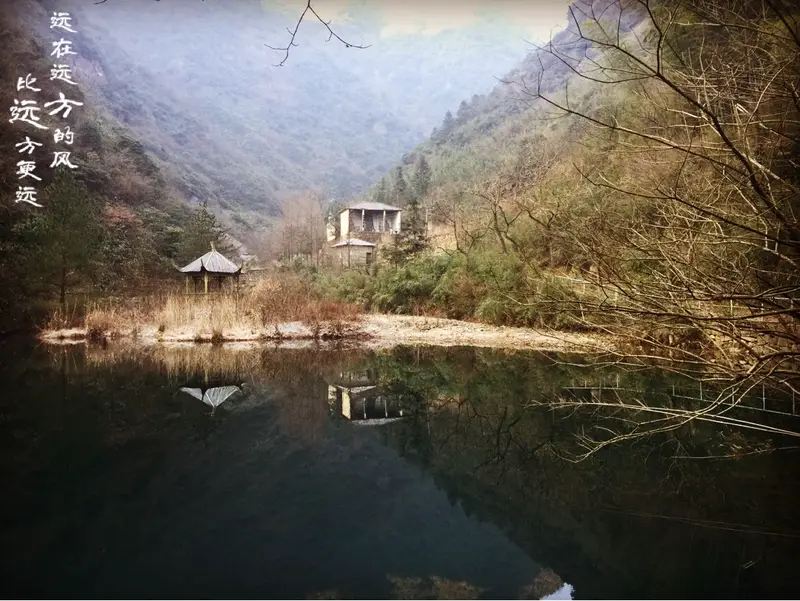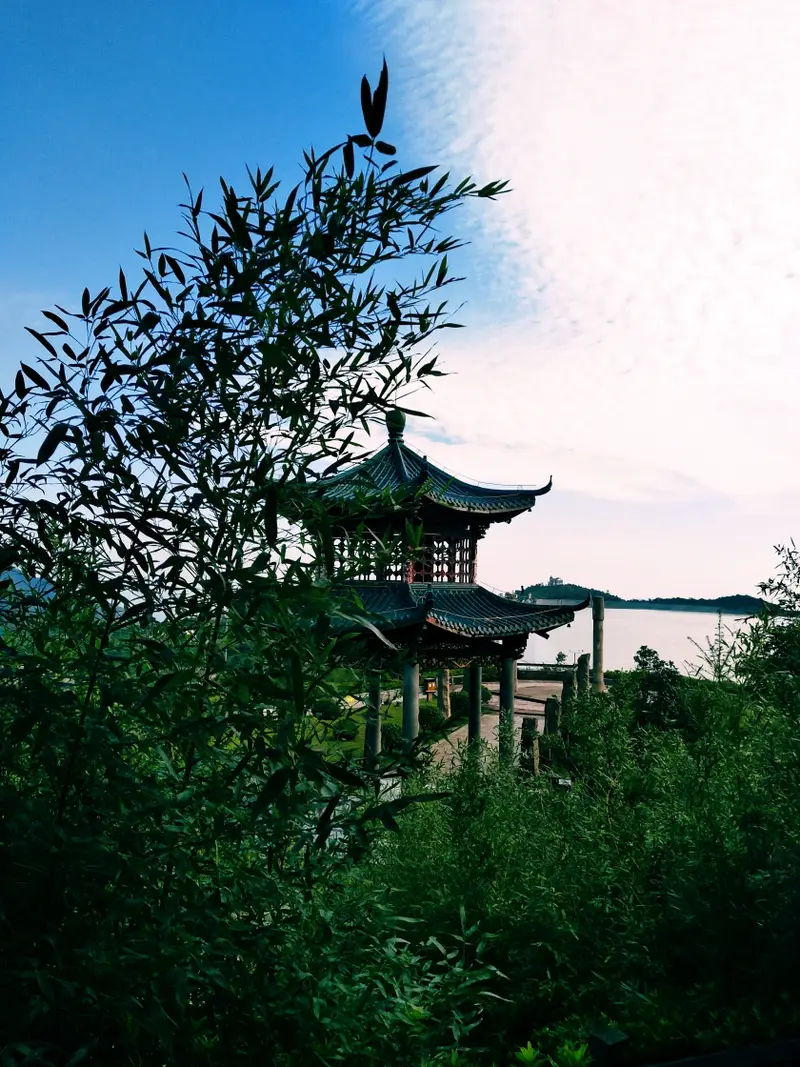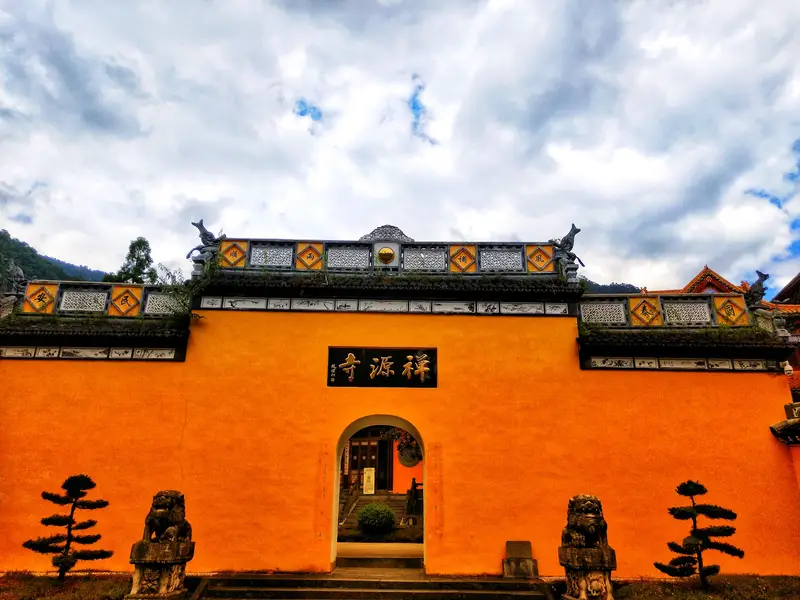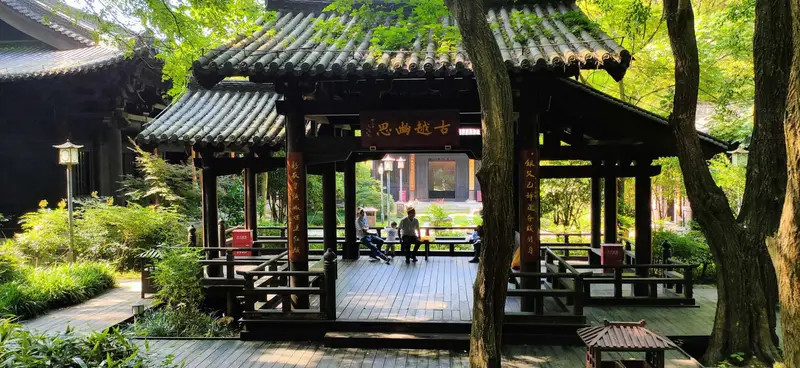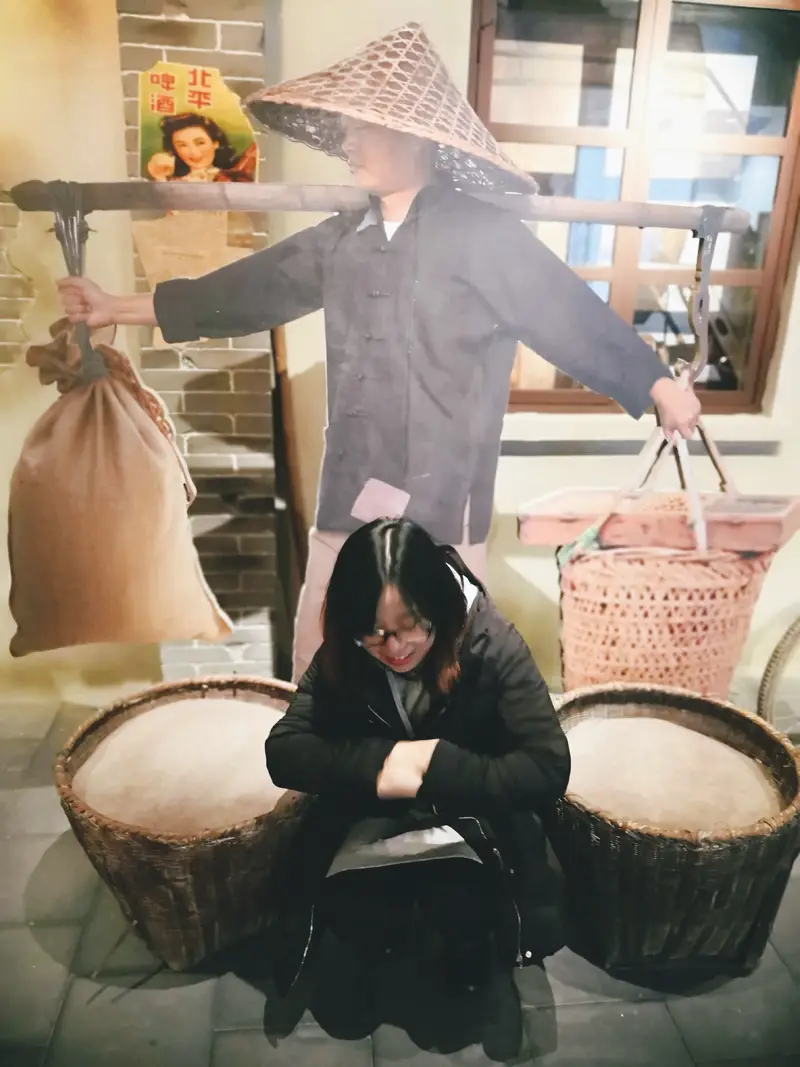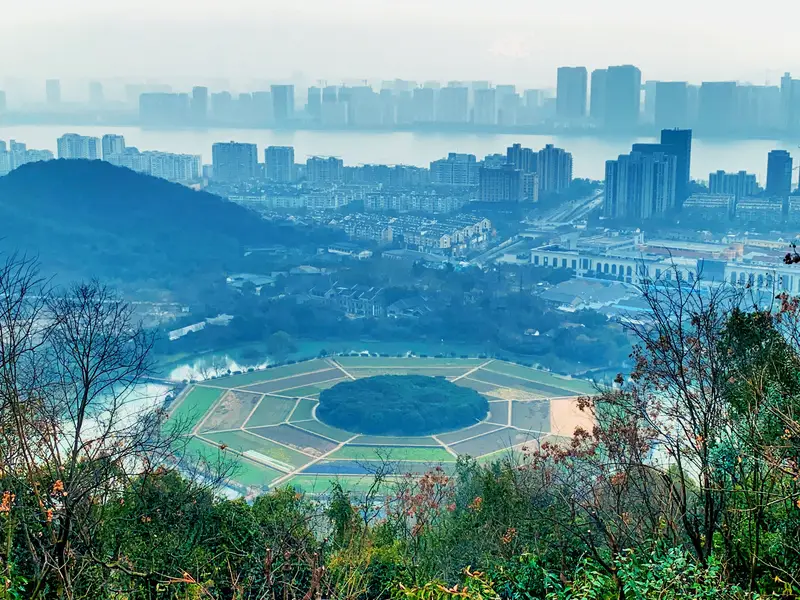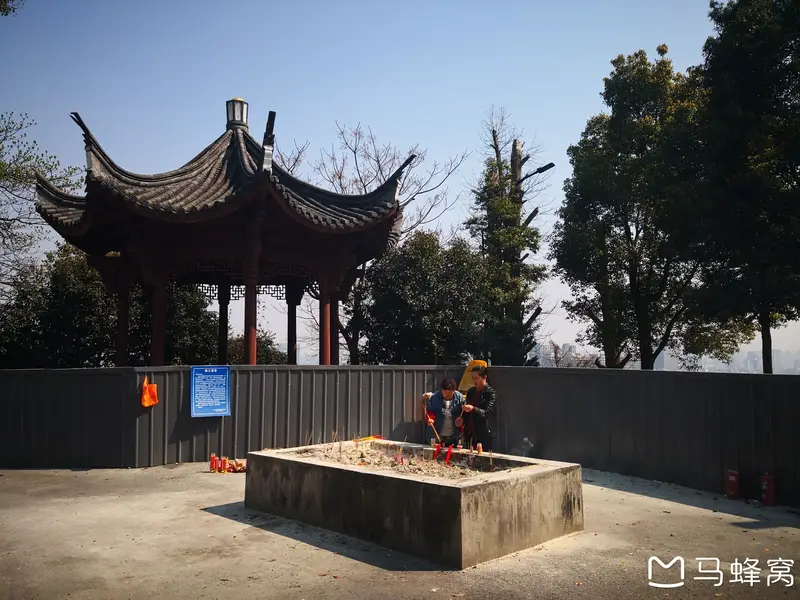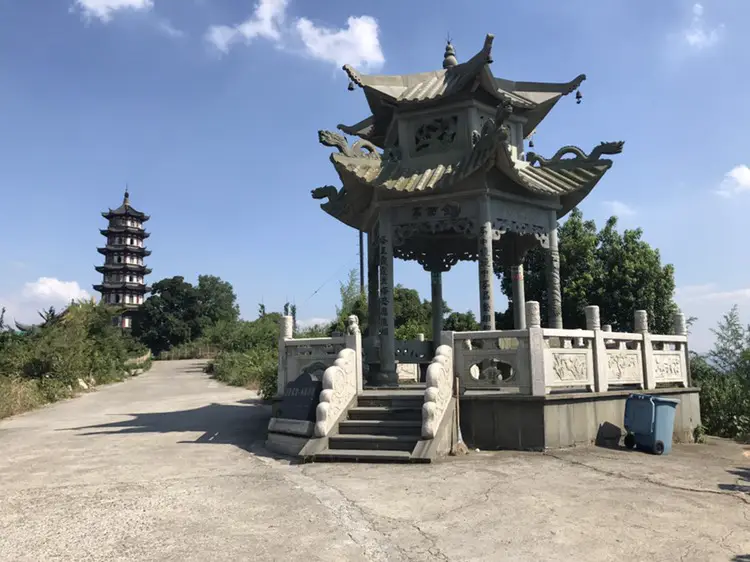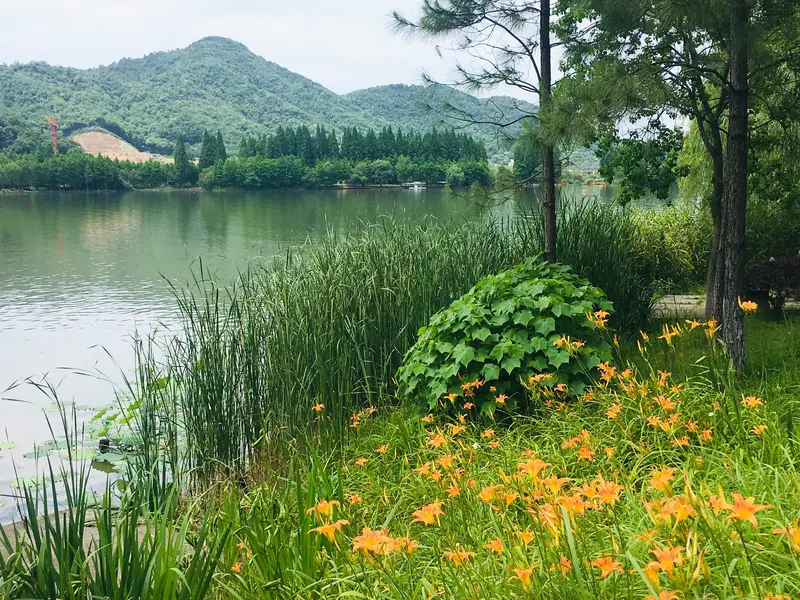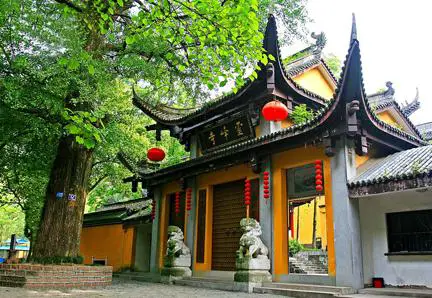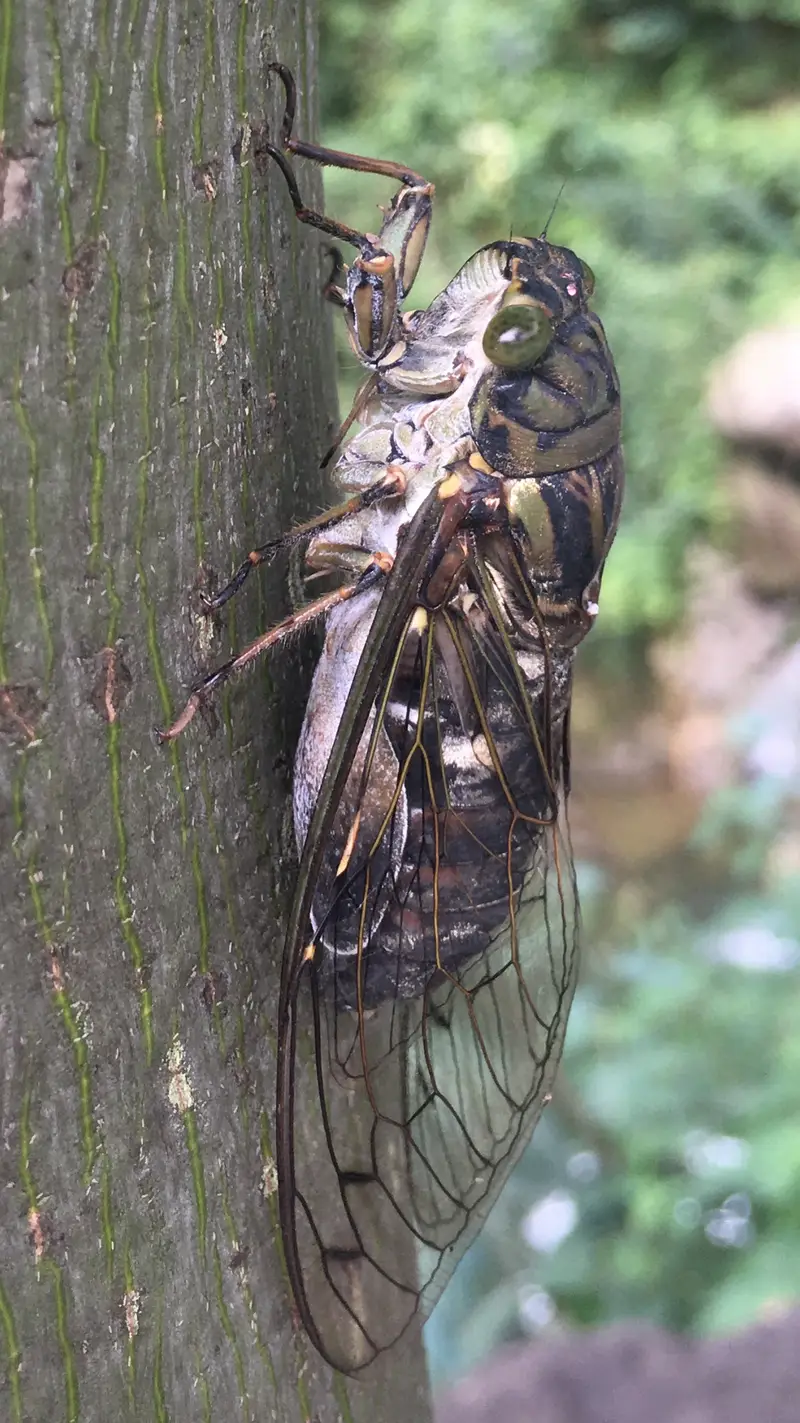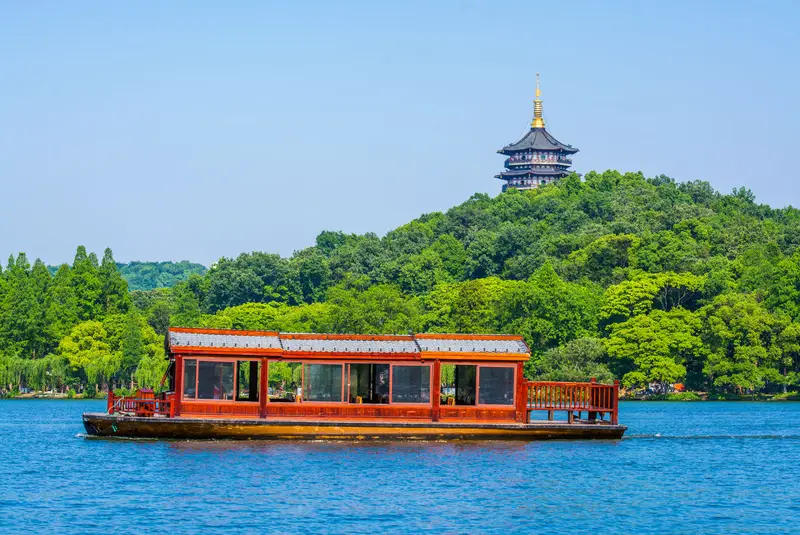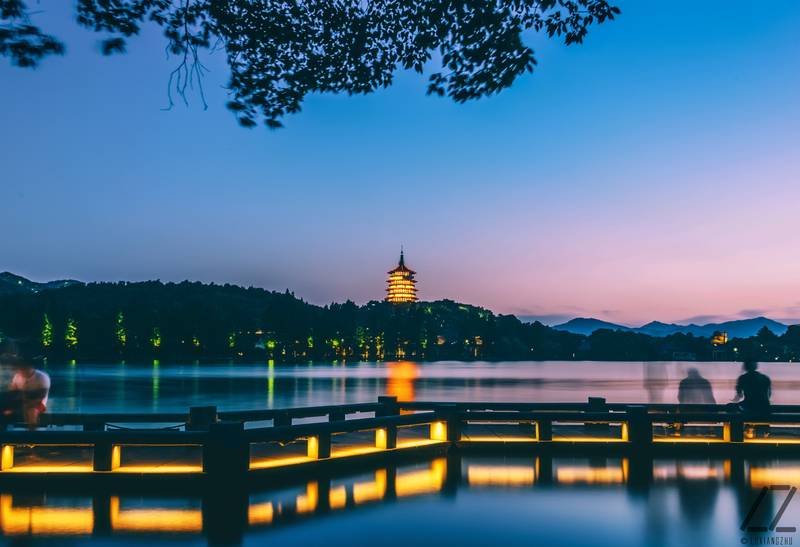Location & Accessibility
Nestled in Tianhuangping Town, Anji County, Zhejiang Province, Anji Longqing Temple lies in the heart of China’s “Bamboo Village.” This serene spot is about a 2-hour drive from Hangzhou or Shanghai, making it a perfect escape for urban travelers. To reach here, you can take a bus to Anji County and then arrange a taxi or local ride to Tianhuangping. For those seeking adventure, renting a car allows you to explore nearby bamboo forests and mountain roads at your own pace.
Natural Landscape: A Bamboo Wonderland
Surrounded by emerald-green bamboo groves, Anji Longqing Temple feels like a hidden gem. The area’s unique terrain, called “Seven-Petal Lotus Hill,” resembles a natural lotus throne, adding a mystical touch to the landscape. Wander through endless bamboo trails, listen to the rustling leaves, and spot ancient cedar trees that guard the temple. A clear stream wraps around the site, while misty mountains create a dreamlike backdrop. Keep an eye out for the temple’s famous resident—a century-old giant salamander (locally called “baby fish”) living in the crystal-clear waters!
Cultural & Historical Charm
Dating back to 912 AD (Five Dynasties period), Anji Longqing Temple has a rich history. Legend says a king from the Wuyue Kingdom once visited, drawn to its spiritual energy. Over the centuries, the temple was expanded during the Song, Yuan, Ming, and Qing dynasties, blending Buddhist tranquility with local folklore. Though weathered, its ruins still whisper stories of monks, emperors, and believers. The site is also linked to a touching legend: it’s said to be where Avalokiteshvara (Guanyin Bodhisattva) practiced meditation before attaining enlightenment.
Spiritual Atmosphere & Architecture
The temple’s simplicity reflects its deep Buddhist roots. Unlike flashy tourist spots, Anji Longqing Temple offers quietude—a rarity in modern travel. Explore its modest halls, ancient stone tablets, and moss-covered statues. The “Cool Temple” nickname comes from its high-altitude location, which stays refreshing even in summer. Nearby, a pavilion called “Emerald Hug” offers panoramic views of bamboo waves, while a grassy clearing invites picnics.
Practical Tips & Amenities
While Anji Longqing Temple is off-the-beaten-path, basic amenities are available. Bring cash for small vendors selling tea or local snacks. There’s no fancy hotel, but rustic homestays in Anji let you experience rural life. For meals, try fresh bamboo shoots or mountain mushrooms at nearby farms. Wear comfortable shoes—the temple’s terrain involves gentle hikes and uneven steps.
Why Visit? An Unforgettable Experience
At Anji Longqing Temple, time slows down. Whether you’re drawn to its spiritual vibes, bamboo forests, or mountain air, the place feels like a cross between a nature retreat and a historical journey. Photograph the mist-covered valleys, listen to temple bells, or simply sit in silence. It’s ideal for travelers who crave peace, culture, and a break from crowds.
Pro tip: Visit on a weekday morning to avoid groups and catch the temple bathed in soft sunlight. Pair this with a trip to Anji’s other bamboo attractions, like the China Bamboo Exhibition Park, for a full “Bamboo Village” experience.


